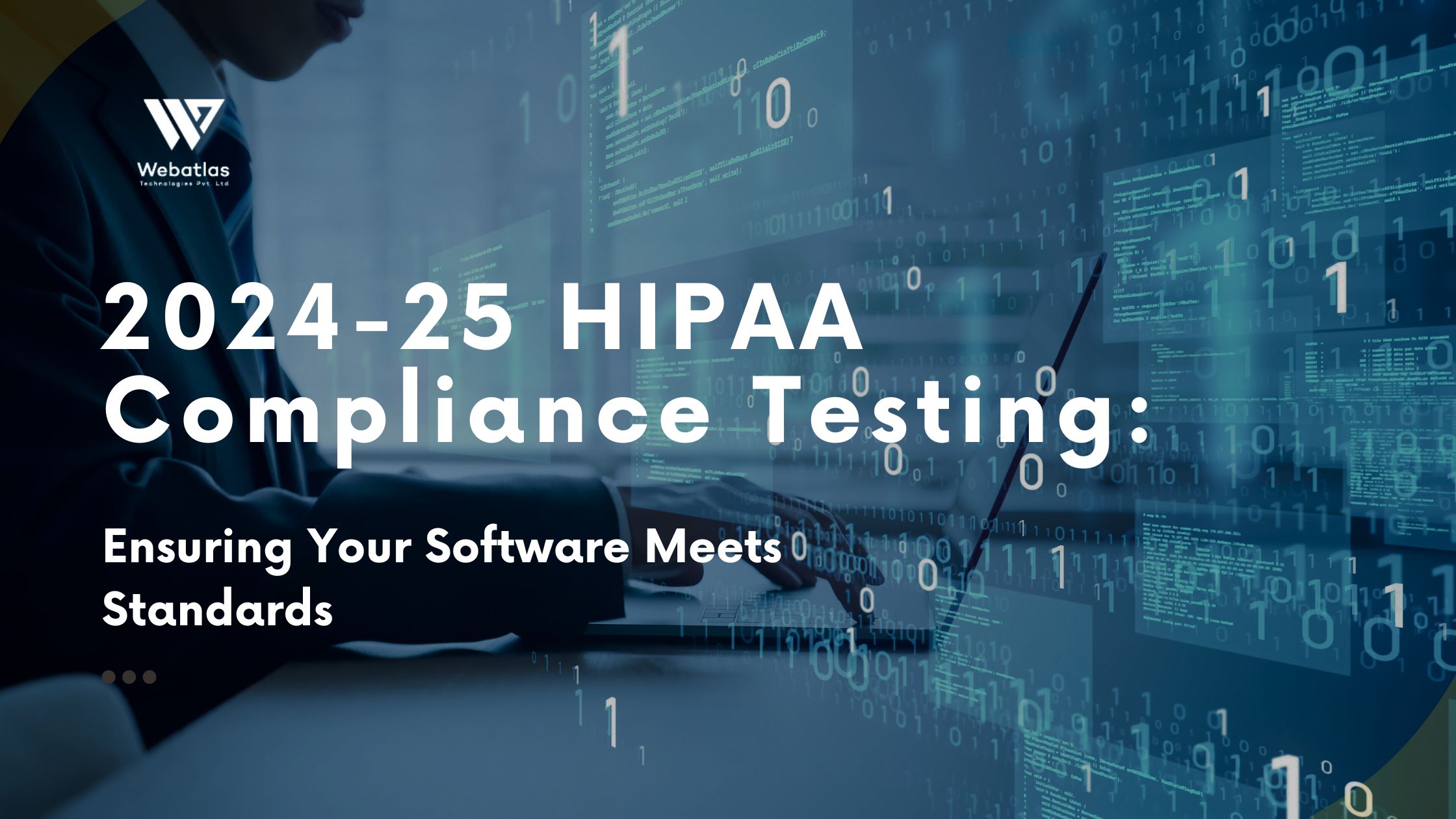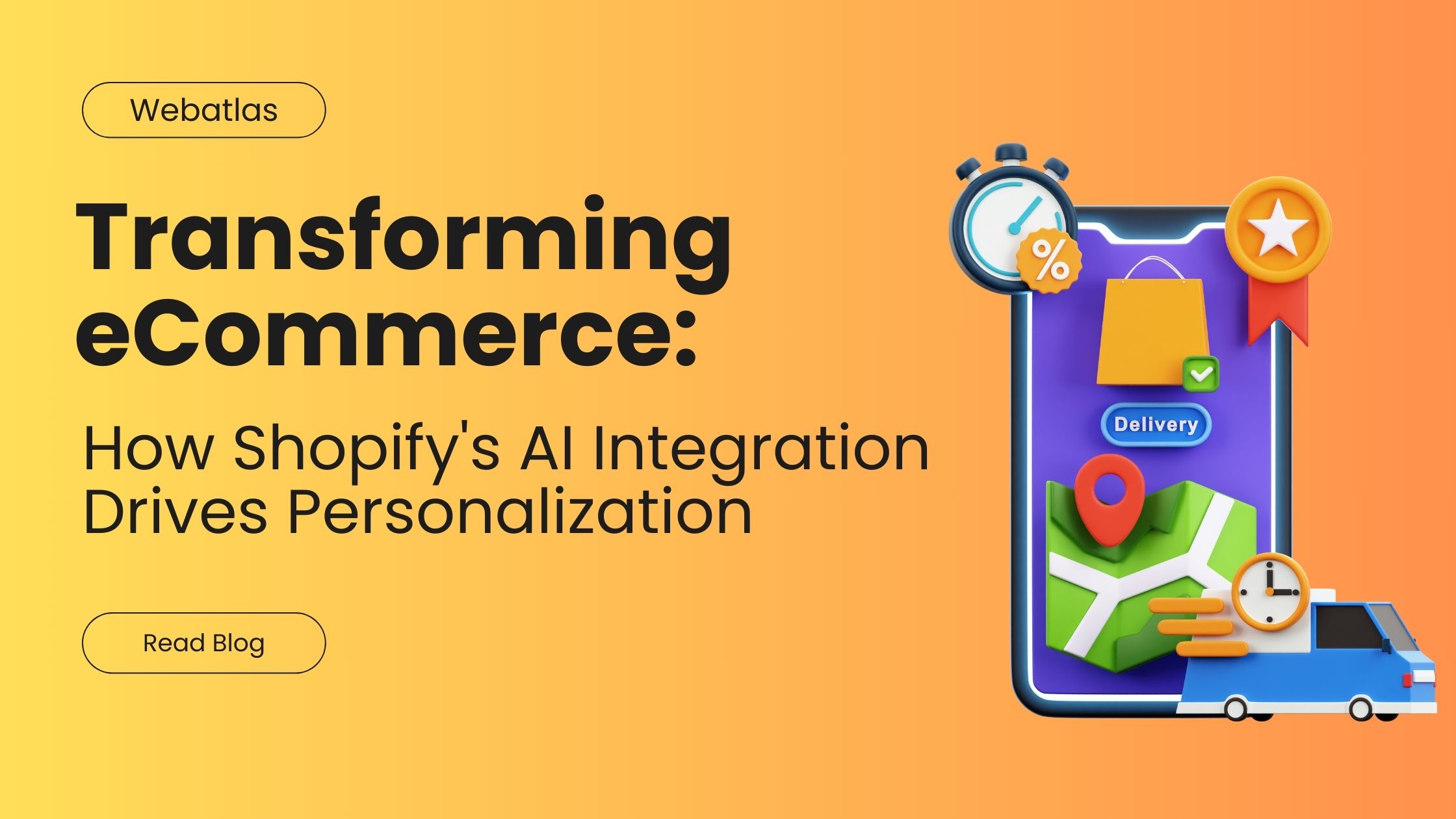Comprehensive Guide to HIPAA Compliance Testing in Software for 2024-25

In today’s digital landscape, protecting sensitive health information is paramount. The Health Insurance Portability and Accountability Act (HIPAA) sets the standard for safeguarding electronic protected health information (ePHI). For software developers, ensuring HIPAA compliance is critical to avoid hefty fines and maintain the trust of users. This blog will delve into how to achieve HIPAA compliance in software development for 2024-25, highlighting the importance of thorough testing and best practices.
Understanding HIPAA Compliance
HIPAA compliance refers to adhering to the guidelines set by the U.S. Department of Health and Human Services (HHS) to protect ePHI. These guidelines cover a broad spectrum, from privacy and security rules to breach notification requirements. For software that handles health information, compliance ensures that all aspects of data management, including storage, transmission, and access, meet HIPAA standards.
Key Requirements for HIPAA Compliance:
- Privacy Rule: Protects the privacy of ePHI and sets limits on the use and disclosure of such information without patient authorization.
- Security Rule: Sets standards for the security of ePHI, requiring administrative, physical, and technical safeguards.
- Breach Notification Rule: Requires covered entities to notify affected individuals, HHS, and sometimes the media of a breach of unsecured ePHI.
Steps to Ensure HIPAA Compliance in Software Development
Achieving HIPAA compliance is a multi-faceted process that involves several key steps. Here’s a detailed look at how software developers can ensure their applications comply with HIPAA regulations:
- Conduct a Risk Analysis:
- Assess potential risks and vulnerabilities to the confidentiality, integrity, and availability of ePHI.
- Identify where ePHI is stored, received, maintained, or transmitted.
- Implement Safeguards:
- Administrative Safeguards: Policies and procedures to manage the selection, development, implementation, and maintenance of security measures.
- Physical Safeguards: Measures to protect electronic systems and related buildings from natural and environmental hazards, as well as unauthorized intrusion.
- Technical Safeguards: Technology and policies that protect ePHI and control access to it.
- Develop Policies and Procedures:
- Create comprehensive documentation of policies and procedures that address the HIPAA requirements.
- Ensure employees are trained and aware of these policies.
- Regular Audits and Monitoring:
- Conduct regular audits to ensure compliance with HIPAA rules.
- Monitor access and usage of ePHI to detect any anomalies or unauthorized access.
Best Practices for HIPAA Compliance Testing
Testing is a crucial component of ensuring HIPAA compliance. Here are some best practices for conducting HIPAA compliance testing:
- Security Testing:
- Conduct penetration testing to identify and fix vulnerabilities.
- Perform vulnerability scanning to ensure there are no security gaps.
- Data Encryption:
- Ensure all ePHI is encrypted both at rest and in transit.
- Use strong encryption protocols to safeguard data.
- Access Control:
- Implement strict access controls to ensure that only authorized personnel can access ePHI.
- Use multi-factor authentication to add an extra layer of security.
- Audit Logging:
- Maintain detailed logs of all access and activity related to ePHI.
- Regularly review logs to detect any suspicious activities.
- Incident Response Plan:
- Develop and test an incident response plan to quickly address any breaches or security incidents.
- Ensure all employees are trained on how to respond to security incidents.
Webatlas: Your Partner in Software Testing Services
At Webatlas, we understand the complexities involved in ensuring HIPAA compliance in software development. Our expertise in software testing services makes us your ideal partner for achieving and maintaining compliance. We offer comprehensive testing solutions, including security testing, penetration testing, and compliance audits, to ensure your software meets all HIPAA requirements. Our team of experts stays updated with the latest HIPAA regulations and industry best practices, providing you with peace of mind and robust security for your software applications.
Conclusion
HIPAA compliance is non-negotiable for software applications handling ePHI. By following the steps and best practices outlined in this blog, developers can ensure their software is compliant with HIPAA regulations in 2024-25. Partnering with a trusted provider like Webatlas for software testing services can further enhance your compliance efforts, ensuring that your software not only meets regulatory standards but also provides the highest level of security for users’ health information.
Ensuring HIPAA compliance is an ongoing process that requires vigilance, thorough testing, and a commitment to protecting sensitive health information. By prioritizing compliance, developers can build trust with users and avoid the significant penalties associated with non-compliance.
Recent Post
Let's talk about your project, or just come and say hello!
Webatlas Technologies is the fastest growing web and mobile app development company



